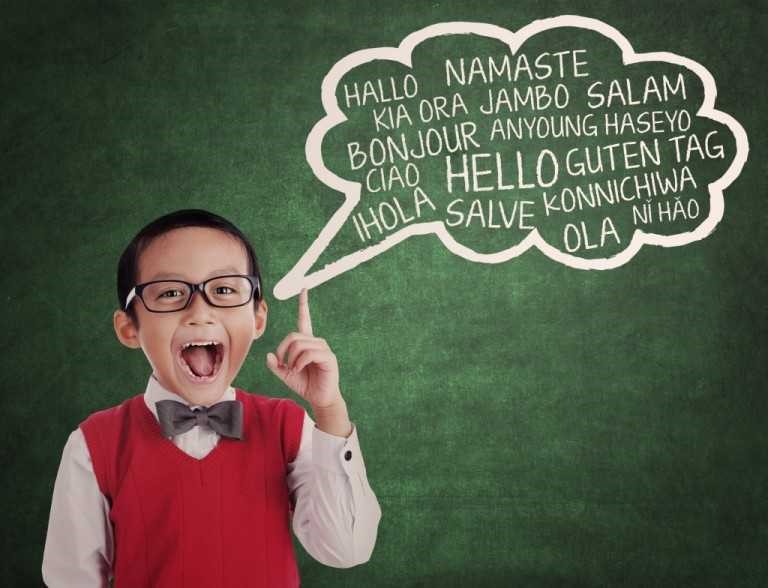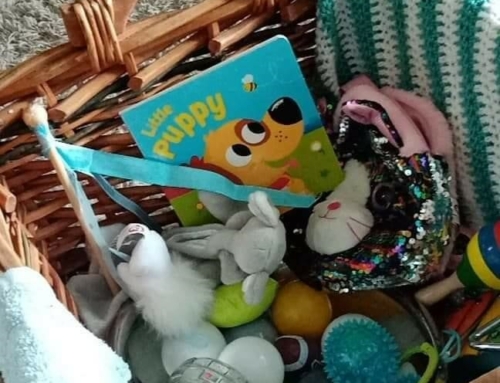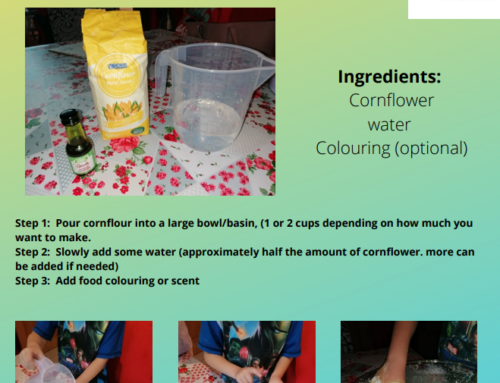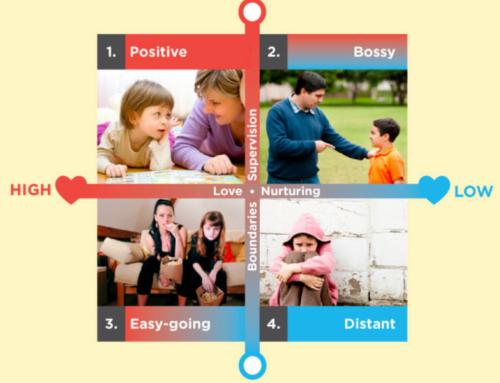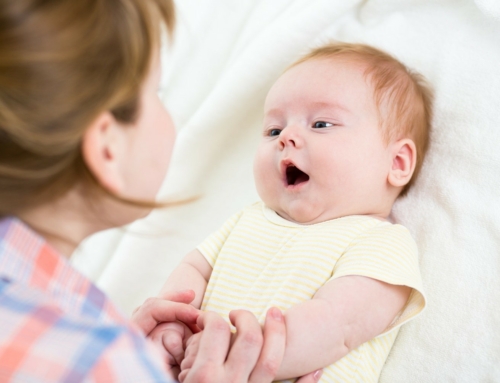I hope you are all keeping well, enjoying the summer holidays which seem to be flying this year. More so than ever before. Every shop I go into at the minute has all the new school uniform items. In my head, I’m not ready for that stage but I know if I leave it too late there’ll be no sizes left! I am starting to notice the leaves turning slightly brown too, so I’m going to enjoy the next few weeks with long nights and a warmer feel to the air. Anyways, the blog this week is about One Language or Two, this is looked at in issue 6/month 6 of our Growing Child Magazine.
Many bilingual parents or parents who want their child to learn a second language are concerned that their child might be confused by trying to learn two languages or are unsure when it is the best time to start a second language.
Research has found that while some bilingual children have a smaller vocabulary in each language than monolingual children at school entry, they have at least as good and often a better understanding of language structure which has advantages for cognitive development and for problem-solving abilities.
There are also different types of bilingualism. Some children may hear two different languages spoken at home. This is known as ‘compound bilingualism’ when a child is exposed to both languages interchangeably. ‘Coordinate bilingualism’ refers to situations when the child’s parents speak one language at home while the second language is heard from peers and at school. This just shows how amazing little children are and how their little brains are like sponges. They do as they see and talk as they hear.
Bilingual parents who speak two languages in the home or parents who wish their child to learn a second language could consider a language plan to simplify the introduction to two languages in early life. Here are a few tips on how to begin.
Start From Birth
Children learn so much from birth to 3 years – as people say they are like little sponges. The earlier they start the more they will pick up. This goes with most things in life. As we get older it takes more effort and a little longer to learn new things.
It’s also possible to start later…
Ages 4 – 7 are also excellent times to start with learning a new language. And between the ages of 8 and puberty, this is considered the 3rd best time to start a new language.
Speak to your child in your language
Speak to your child at home in the language you are most comfortable with. If you are comfortable speaking it, your child will pick it up much easier. It will flow so easily that you will not even notice your child change from one language to another.
Find a Bilingual Playgroup
Find a bilingual playgroup near you or like-minded parents to encourage you and help bring on yourself and your child.
Look for games/books/toys to promote languages
In order to grow the second language research for toys and books with two different languages. You can find these in any book store or online is great for all sorts of mixed language toys and games.
Should I pick a time of day to start?
It would be ideal to designate specific times or places where each language is spoken regularly. For example, during the day at home, speak in your first language and speak your second language in the evening. Just like a bedtime routine, this can be incorporated into your everyday life.
The above are a few simple tips to get you started but as a parent, you know naturally when the best time is for you and your child.
Knowing two or more languages gives children so many advantages in life. Bilingual children have the advantage of knowing two cultures, of being able to communicate with a wide variety of people; they may develop better-thinking skills and can have broader employment opportunities when they grow up.


